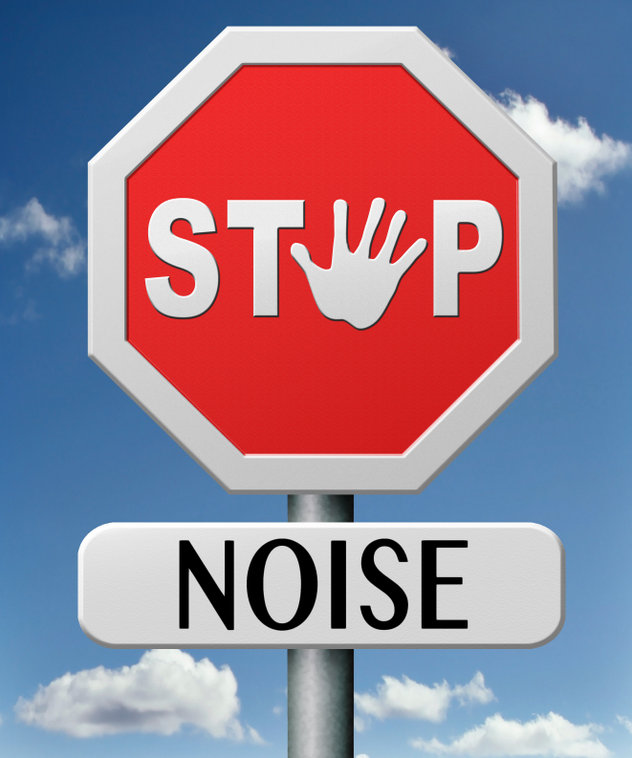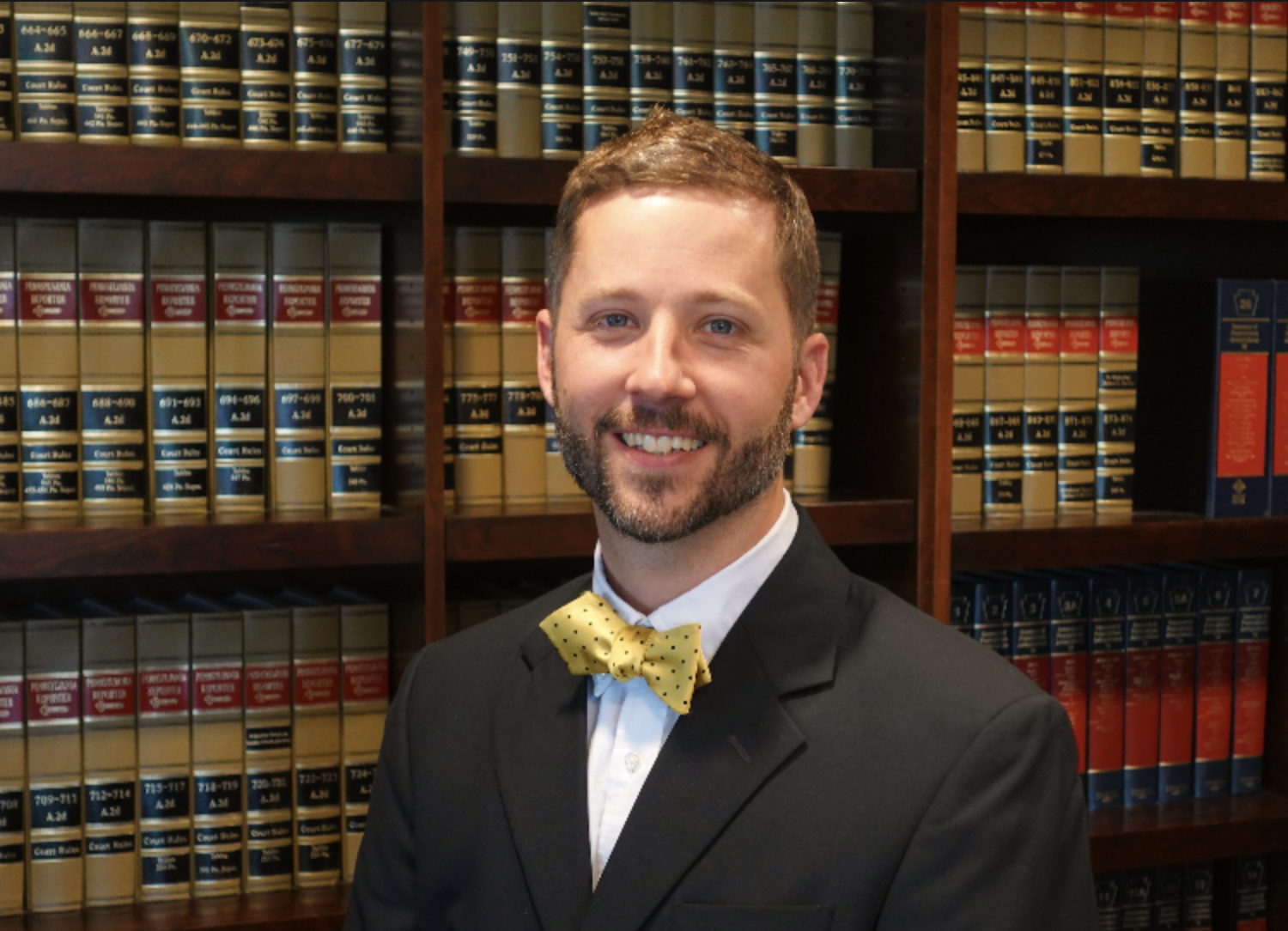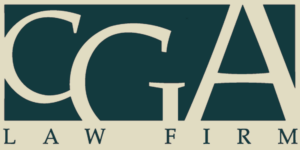
Whether it’s a case of an incessantly barking dog or an over-enthusiastic DIY warrior running power tools at midnight, most municipalities could use a carefully constructed noise ordinance from time to time. A well-written ordinance is clear, targeted, and most importantly, enforceable.
An effective noise ordinance should be clear and understandable to the average person.
A municipality is well within its authority to adopt a noise ordinance. Under Pennsylvania law, municipalities have the authority “[t]o make regulations as may be necessary for the health, safety, morals, general welfare and cleanliness and beauty, convenience, comfort and safety of the borough.” (8 Pa.C.S. § 1202). Noise pollution is a widely recognized health concern and regulated by the EPA under the federal Clean Air Act as well as by OSHA in the workplace. As with all ordinances, however, there is a possibility of a challenge on the grounds that it is unconstitutionally vague. In Phillips v. Borough of Folcroft, Pa., the Court found that an ordinance prohibiting “unnecessary noises” had led to the “arbitrary application” of police power. By creating an ordinance that is sufficiently clear to the average person, a municipality will avoid this risk.
A well-crafted ordinance gives an ordinary person a reasonable opportunity to understand what is prohibited by the ordinance. A municipality might start by adopting the EPA’s simple definition of “noise” as an “unwanted or disturbing sound.” If a reasonable person of normal sensitivities would be annoyed by a sound, it should qualify as “noise disturbance” for the purpose of the ordinance. A “reasonable person” standard has frequently been upheld by the courts. For example, in Commonwealth v. Ebaugh, the Commonwealth Court held that held that where a resident was cited seven times for his barking dog, the township ordinance defining a nuisance noise as any use of property or activity that disturbs a reasonable person of normal sensitivities was not unconstitutionally vague.
In addition to the definition, the actual prohibition should be simple and broad, as opposed to vague. For example, “No person shall make, cause, continue or allow or permit any noise disturbance, by any means, to be made or continued at any property, whether public or private, real or personal, that is subject to such person’s right to control.” The broadness of the prohibition will allow the ordinance to capture every instance of a noise disturbance while leaving room for specific prohibitions and exceptions and subject to an enforceable standard (see below).
An effective noise ordinance should be targeted.
Municipalities will want to evaluate whether there are specific prohibitions they would like to include in their noise ordinance. While the definition of noise disturbances should be sufficiently broad to encompass most if not all scenarios, specific prohibitions can help communicate expectations to the public and facilitate enforcement. For example, barking dogs, engine revving, car alarms, and brake retarders are just a few of the common nuisance noises that an ordinance might address. Specific guidelines can help clarify how the noise ordinance applies in various scenarios. For instance, some municipalities prohibit dog owners from permitting “continual barking,” defined as barking for a set number of seconds or more or for a set number of occasions or more during a given period of time.
Likewise, municipalities need to evaluate specific exceptions that should be made. Some of these exceptions will address necessary but non-emergency work such as construction and operation of equipment. Other exceptions will be related to the provision of emergency services, emergency repairs, or unavoidable noise such as airplanes and trains whose operations are likely preempted by federal law. Further, special events for parties, community gatherings, and other social events should be considered.
Ordinances must be enforceable, and thus should articulate a clear enforcement standard.
Enforceability requires a standard which code officers and law enforcement can use when evaluating if someone is in violation of the ordinance. In considering what standard to use, a municipality should evaluate its resources, the availability of enforcement officers, and the equipment necessary to apply the standard.
A “plainly audible” standard, as measured by the human ear from across a property line or alternatively at a specified distance is an objective and low cost standard of enforcement. The advantage of using this standard is that it requires no special equipment and doesn’t require an enforcement officer to make an arbitrary evaluation of whether or not the noise is unwanted or bothersome. Such a standard also has the advantage of encompassing noises that, while not considered loud, fall within the definition of “unwanted or disturbing.” The use of such a standard has been upheld, as in Commonwealth v. Scott, where the Superior Court found that an ordinance prohibiting stereos from being played by vehicles at a level audible at twenty-five (25) feet was not unconstitutionally vague nor in violation of the First Amendment.
A municipality might also adopt sound level limits based on maximum allowable daytime and nighttime decibels. The EPA has identified forty-five (45) decibels as the level of background noise that begins to interfere with normal speech. Noise ordinances using a sound level standard typically range from thirty-five (35) to fifty (50) decibels. Limits may be further broken down by zoning districts. While sound level limits have the advantage of providing a scientifically measurable standard, they require special equipment. In addition, sound level limits may not address nuisance noise which is not “loud” but still troublesome.
As always, municipal ordinances are not a panacea to every annoyance facing a community. A municipality should evaluate the concerns of the community carefully and seek input so as to ensure buy-in. The process of adopting an ordinance, if done transparently and in good-faith, can go a long way in facilitating compliance.
Conclusion
When an effective noise ordinance is clear, targeted and enforceable, it can serve as an effective tool allowing municipalities to address public concern. Despite the seeming triviality, a well-crafted noise ordinance can make a huge difference in the quality of life for residents without proving overly burdensome for enforcement officers.

Asahel Church
2021 Summer Associate
Church is a graduate of both Northwestern University and Johns Hopkins University. He is currently a Summer Associate for CGA Law Firm in York, PA.

